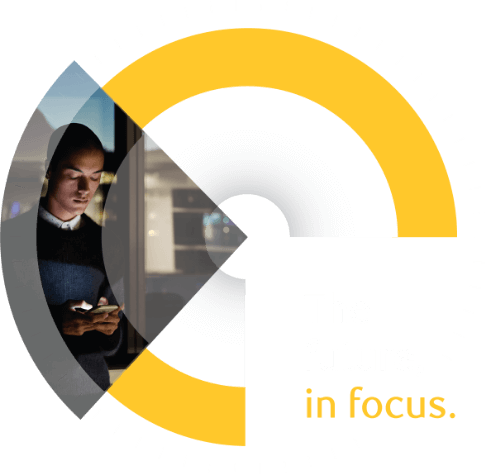Published August 31, 2022 | 3 min read
Key Points
- While electrification of vehicles is garnering attention, the larger business model change to the auto industry may come from connected, software-enabled vehicles.
- Smart cars are expected to transform the business model of the industry: rather than selling units, carmakers will provide an ever-growing, regularly-updated fleet.
- Autonomous cars are evolving fast and have the potential to enhance safety and productivity.
- The richer data gathered by smart cars should enable greater personalization for drivers and efficiency benefits for logistics operators.
- Car sensor applications range from health monitoring to marketing and entertainment opportunities.
A smart revolution
‘Electrify everything’ is the mantra of decarbonization, and with good reason. But in the case of the automotive industry, the larger business model change may come from that of another advance: the smart, software-enabled vehicle.
Alongside its environmental benefits, electrification cuts costs and should deliver a better driving experience. However, it does not significantly transform the business model itself.
Connected, software-enabled vehicles potentially promise a much more significant evolution. They should provide a better, more personalized experience for drivers – but they also have economic advantages for automakers and related industries.
Every vehicle of the future should have the ability to gather millions of data points. This data could improve the driver/rider experience, but also turn artificial intelligence-enabled cars into data monetization vehicles.
A deeper relationship
From a driver’s perspective, software-enablement turns the car into an updatable device, similar to a smartphone.
Over-the-air (OTA) updates can equip the vehicle with new and more advanced features and services. These can be safety or convenience features.
The relationship between customer and carmaker may change too. Aside from just selling units (the vehicle), the carmaker can also retain touchpoints with the consumer and sell additional, potentially recurring, higher-margin software product in the vein of software-as-a-service (SaaS).
Hail the robo-taxi
Autonomous cars are evolving fast. Within five to ten years, it’s possible that advances in artificial intelligence and robotics will see automated cars introduced with so-called Level 4 capability: that is, able to operate within a defined operational design domain.
One of the major potential societal benefits is safety. Every day, 3,700 people are killed on roads across the world. According to the US National Highway Traffic Safety Administration, 94% of serious crashes are due to human error. Automated vehicles have the potential to be better than human drivers.
The new generation of autonomous cars will likely take the form of ride-hailing services, or ‘robo-taxis’. These are expected to operate in urban areas and may help to reduce deaths among pedestrians.
Besides the human benefits, automated vehicles could mitigate the huge economic impact of car crashes on economic activity. In addition, their potential to reduce traffic congestion could provide a further boost to work productivity.
If automakers are able to provide robo-taxi services, then their business model may shift from selling units to selling “trips”, which are less cyclical and could have the potential to be more profitable.
Fine detail
The richer data generated by connected cars may increase opportunities for personalization.
Insurance products could be improved, for example, by harvesting detailed data for interpretation of safe driving levels. Insurers could offer discounts for drivers who use an active safety product, or offer dynamic pricing based on driving behaviors. Since automakers would have access to more sophisticated data than insurers, some might even decide to enter the insurance market themselves.
For big logistics companies, greater efficiency is the prize. The amount of data generated by vehicles with embedded software is much richer than existing third-party devices, which should allow firms to enhance safety and cut costs. They could also monitor battery degradation on electric vehicles, to guide usage cycles and save on maintenance.
Health and entertainment
Another possible direction of development is increased use of biometrics. Companies are working on the ability to track resting heart rates, respiratory rates and other vitals in the car. The vehicle of the future could feasibly become an important tool in telemedicine – detecting vital signs to send to a doctor for consultation.
Smart vehicles also open up new marketing and entertainment opportunities. Autonomous cars should know a lot about their occupants, such as their starting-point and destination. This could lead to targeted ads, or even a store paying for your ride to their venue.
By freeing up driver attention, autonomous vehicles also release opportunities for enhanced use of social media or other entertainment on the road. The vehicle itself could serve up themed shows based on the destination, or serve as a ‘tour guide’ during sightseeing.
Making vehicles smarter could be a game-changer for drivers and businesses alike, and the smartest players are already preparing for this data-driven future.
RBC Imagine™ is a global research initiative that helps you see the change drivers of tomorrow to sharpen your business thinking today. This unique platform uncovers transformational trends that will reshape our world, pinpointing their impact on key industries. Learn more with our signature report, Preparing for Hyperdrive.

